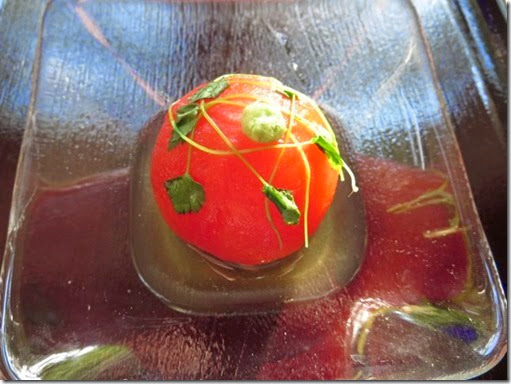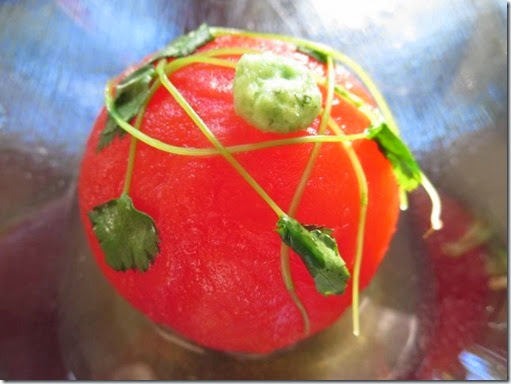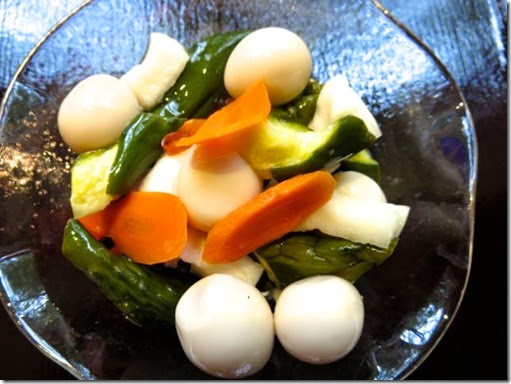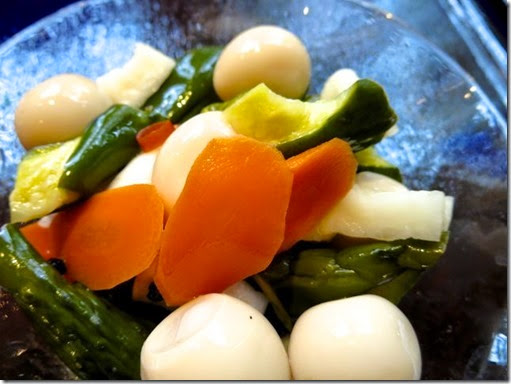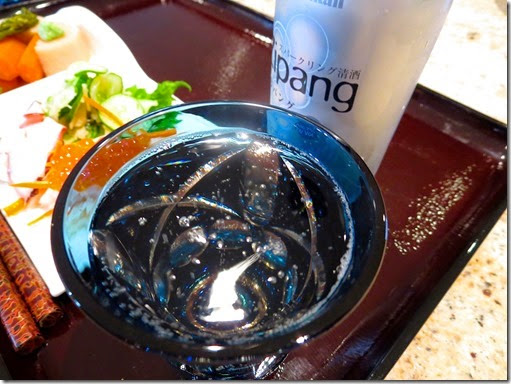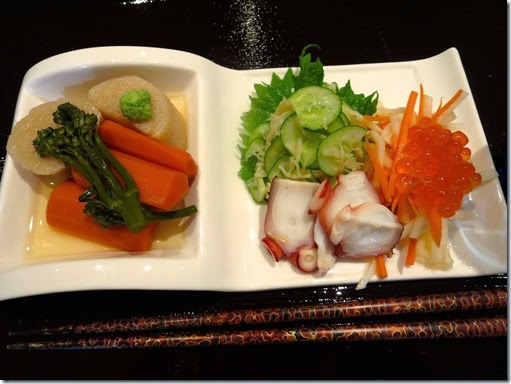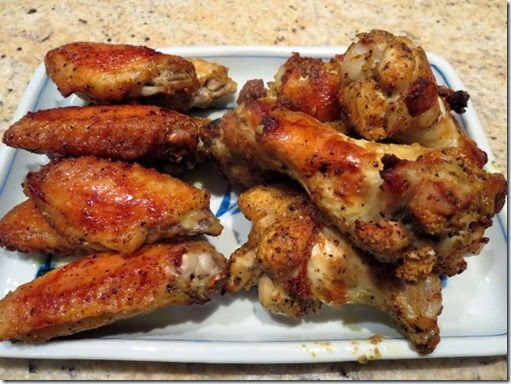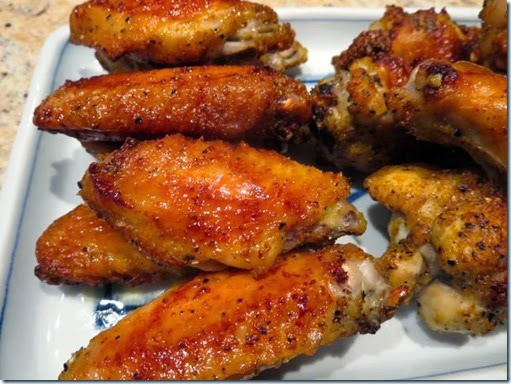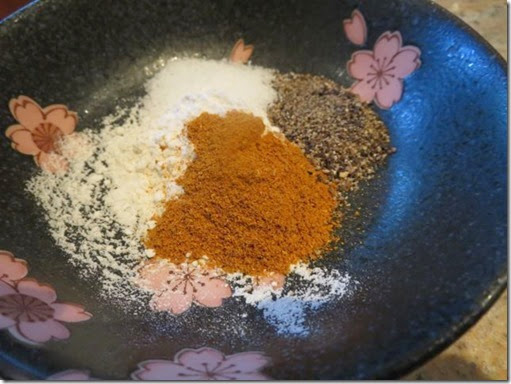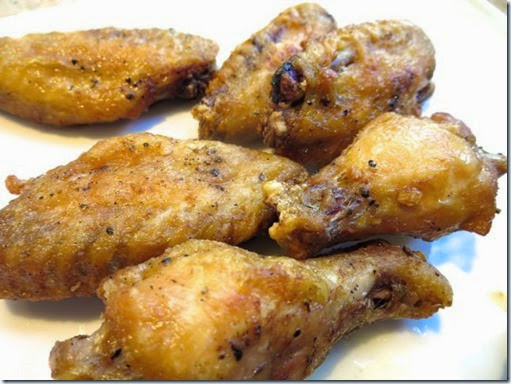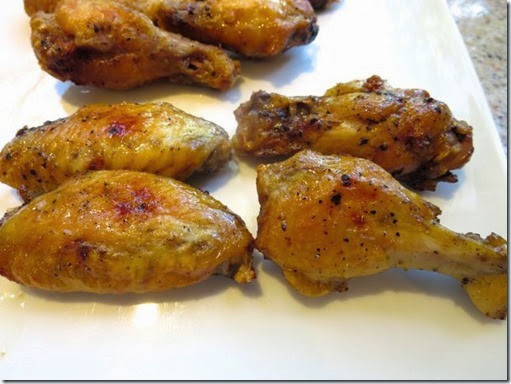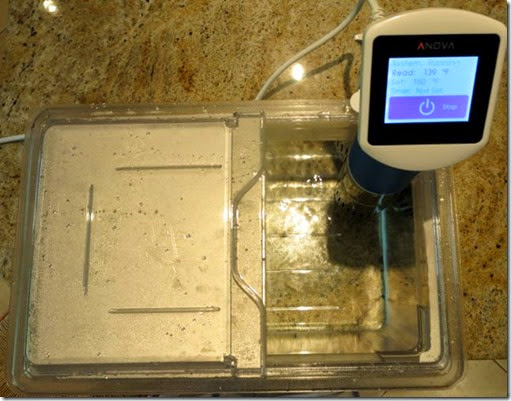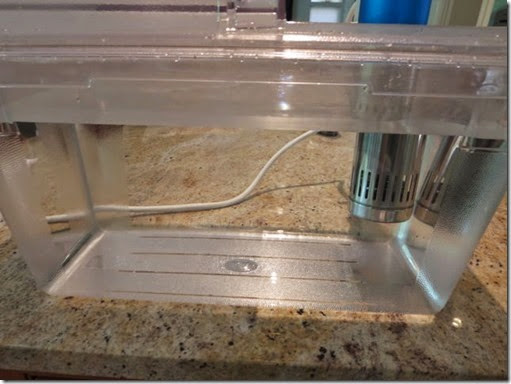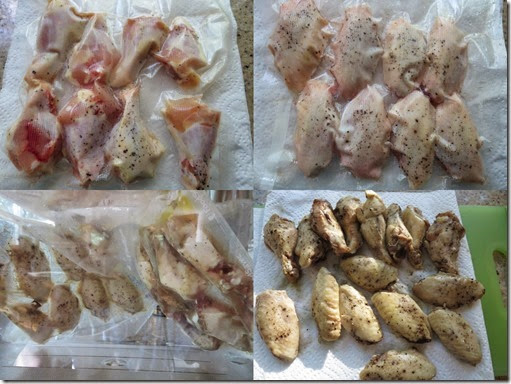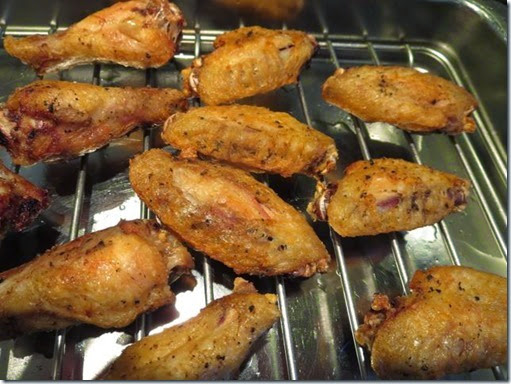Although we almost never go to Indian restaurants on our own, my wife has been fascinated with the medley of spices and herbs in Indian cooking and we are making many
different Indian-style
curries which we have
posted from time to time. I am a beneficiary of this and these curries are very convenient to have for weekday suppers (No more
Japanese curry). We usually serve these curries with rice (often previously frozen rice). My wife occasionally wanted to have naan bread with the curry and bought packaged naan from the grocery store but it was terrible. So (inevitably) she asked if we could make it at home. I said "of course" and for the first time, we made our own naan.
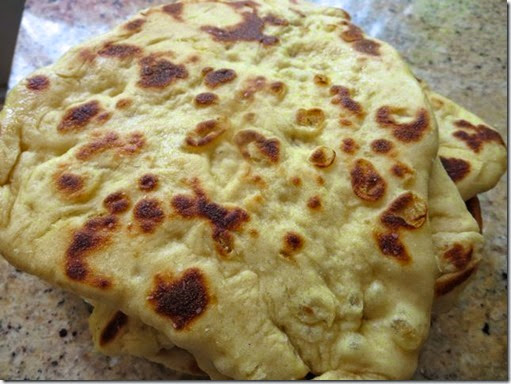
We looked in my wife's Indian cookbooks and searched for naan recipes on the web. The common ingredients in different recipes appear to be flour, yogurt, and three leavening agents (yeast, baking soda and baking powder). Next is to determine how the naan is best baked since we don’t have a Tandoori oven (yet?). After some exploration, we decided to use a hot cast iron skillet. We based our naan on
the recipe we found on the web with some modification.
Ingredients:
(Dry)
All purpose flour 4 cups
Baking powder 1 and 1/2 tsp
Baking soda 1tsp
(Wet)
Milk 3/4 cup (we scaled*)
Greek yogurt 1 cup
(For proofing yeast**)
Warm (105F) water 1/4 cup
Sugar 1/2 tsp
Dry yeast one package or 3/4 tsp
(During Baking)
Melted butter (Half stick)
Kosher salt
Based on the original recipe, we were not sure how much kneading was needed. We decided to knead it like any other bread until the surface was smooth and developed an elastic dough ball.
*
Scalding milk may not be needed and was not in the original recipe Although "scalded milk" is often called for in bread recipes, in modern era of Pasteurized milk, only possible benefits may be denaturing/inactivating some proteins/enzymes in the milk which may interfere with yeast fermentation and gluten development.
**For proofing yeast, the original recipe calls for 1/4 warm water and 1tbs of sugar but the amount of sugar, to us, is way too much for proofing yeast. I mixed in the dry yeast and let it stand for 5-10 minutes until it bubbled up. This time, beside sugar in the yeast proofing, my wife also added 1 tbs of sugar into the dry ingredients, which probably did not affect the final results in any way.
I mixed the wet into dry ingredients and mixed with a wooden spatula and then hand kneaded, adding additional 1/4 cup of water since it was too dry until dough formed and the surface smooth but a bit sticky. (For about 5 minutes. I did not knead to the extent of making other bread.) I covered the bowl with plastic wrap and then with dish towels and let it raise for 1 hour.
I floured the kneading board, and deflated the dough and cut into 8 equal portions. I made a ball by stretching the surface and pinching the cut surface of the dough. I let them rest for 10 minutes and hand stretched the eight pieces into a triangular shape (see upper-left picture below). I somehow thought this was the traditional form but taking my wife's suggestion, I will make rounds next time since they would fit into the cast iron pan better).The initial ones were rather thick since the gluten was not relaxed enough but, towards the end, I could stretch it rather thin. When we tasted it, however, we decided the thicker ones with a more bready central portion are better. So, the thickness of the dough should be about 1/4 inch but no less (as was suggested in the original recipe).
I brushed one surface with melted butter and sprinkled Kosher salt (upper right). I placed the dough, the buttered side down, onto the preheated (for 10 minutes to the point where it started smoking) cast iron skillet placed on medium flame (lower left). I put on the lid and let it bake 1-2 minutes until the surface started developing bubbles. I brushed on melted butter and sprinkled Kosher salt and flipped it over using a spatula (lower right). I cooked it with the lid on for another minute or two.
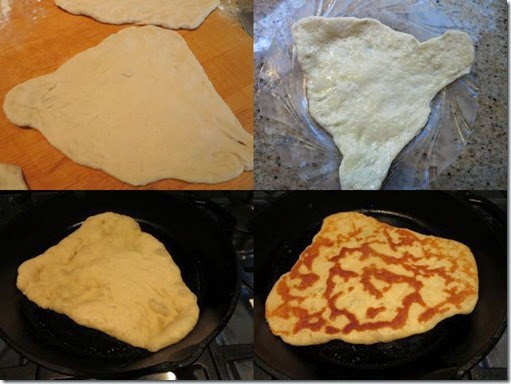
The amount of the ingredients above made eight naan. The result: Just wonderful! The butter flavor permeated the bread with a nice crispy surface and soft center. The yogurt definitely added to the flavor and texture. As we tasted, we learned that the dough should not be too thin (like pizza). A certain thickness (1/4 inch) creates the perfect combination of crispy crusts and soft center. For the first attempt, this was a resounding success. As soon as the first naan came out, we finished it quickly between the two of us while we were cooking the remaining bread. This time, we did not eat our naan with curry but as a bread for any dish this is wonderful.
Only further modification we may make is to add salt (maybe 1 tsp) to the dry ingredients. We did not know how much melted butter was needed and melted 1 stick this time but 1/2 stick would be enough.
